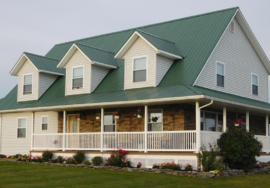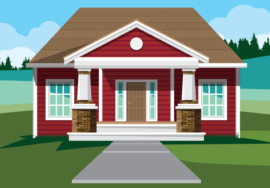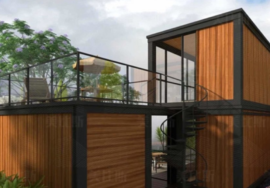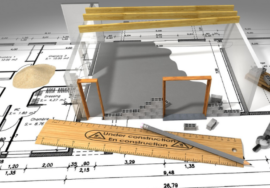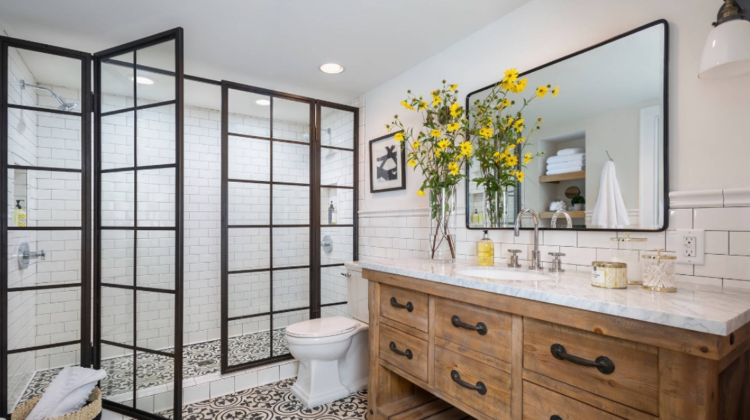
The 6 Bathroom Design Mistakes You Should Avoid
As soon as you’ve finished planning out the rest of your home, it’s time to take on your bathroom design. Here are some common mistakes people make when planning this room and how to avoid them
1) Lack of coordination with the rest of the bathroom
The key to avoiding mismatched finishes is coordination. Choose paints and wall coverings that reflect your personality and style, but keep in mind that you want these to complement any other decorative touches in your bathroom. Using two complementary colors together (like a muted blue paint with a stained wood vanity) can make for an extremely elegant look. The same goes for wallcoverings; if you’re using wallpaper, go for a design that reflects your style rather than something else entirely. The easiest way to avoid wall and ceiling design mistakes is to coordinate all of your design elements before installation. This will save you from having to repaint or replace flooring, walls or curtains down the road when they no longer match your new furnishings.
2) Incorrect height on the walls
When choosing a paint color for your bathroom, it’s tempting to select one that really pops. While there’s nothing wrong with wanting a dramatic look, it’s important to keep in mind that you might want to repaint your walls someday—and doing so can be tricky when they’re painted close to the ceiling. Be sure that you allow enough space between your new wall covering and existing baseboards or crown molding, or you might end up making costly repairs down the road. If you plan on repainting, select colors that aren’t too trendy so that they’re likely to last a while before needing re-touched-up or replaced entirely.
3) Patterned wallpaper in bathrooms
Patterned wallpaper has a decorative effect, but it can be problematic. If you have one-color wall covering in your home, it might not look great with a patterned accent wall. But if you like patterned walls and go with something bold like leopard print or paisley, make sure to balance out your bathroom design by keeping other elements neutral and simple. For example, choose white towels and toilet paper instead of something with an eye-catching color or pattern. Finally, remember that patterned wallpapers tend to fade over time—which could lead to some embarrassment after spending money on new ones!
4) Using tiles that don’t match well
When it comes to paint, price doesn’t always mean quality. In fact, cheaper paints often have lower-quality pigments and fillers that can be more likely to peel or fade. Choosing an expensive primer won’t necessarily make your walls look better, but paying for a quality product is essential for getting a uniform finish in all areas of your room. #91770;With busy schedules, who has time to research every product on their next project? Wouldn’t it be nice if someone did that work for you? Luckily there are experts out there whose job it is to test products and provide you with a list of recommendations based on their findings.
5) Cheap paint
Like floor coverings, wall and ceiling finishes are usually chosen for their decorative effect, though they actually serve both decorative and functional purposes. In addition to appearance, paints or wall coverings must also be durable and moisture resistant. Furthermore, paints or wall coverings need to be applied with proper techniques for a professional finish. One of these techniques is primer application. Even if you have chosen your paint color carefully, it may be necessary to apply a primer coat first for many reasons: Primers can help new paint adhere better to old walls or surfaces that have had previous coats applied over them; primer will help your new paint last longer; and good-quality primers can even create a smoother surface on which to apply your final layer of paint.
6) Painting over a dirty surface
Painting over a dirty surface is never a good idea. The dirt and dust that’s covered your walls are hidden from view and if you use any type of paint on top of them, it will lead to cracking, peeling and a lot of other issues. A much better option is to clean your walls before you start painting. This might seem like an extra step but it can save you a lot of trouble in the long run. If you have time to wait for your walls to dry, leave them uncovered for several days prior to painting so they can dry completely. It’s also important that whatever you put up on your walls has been properly primed as well so there’s no bleeding between layers during drying periods.



